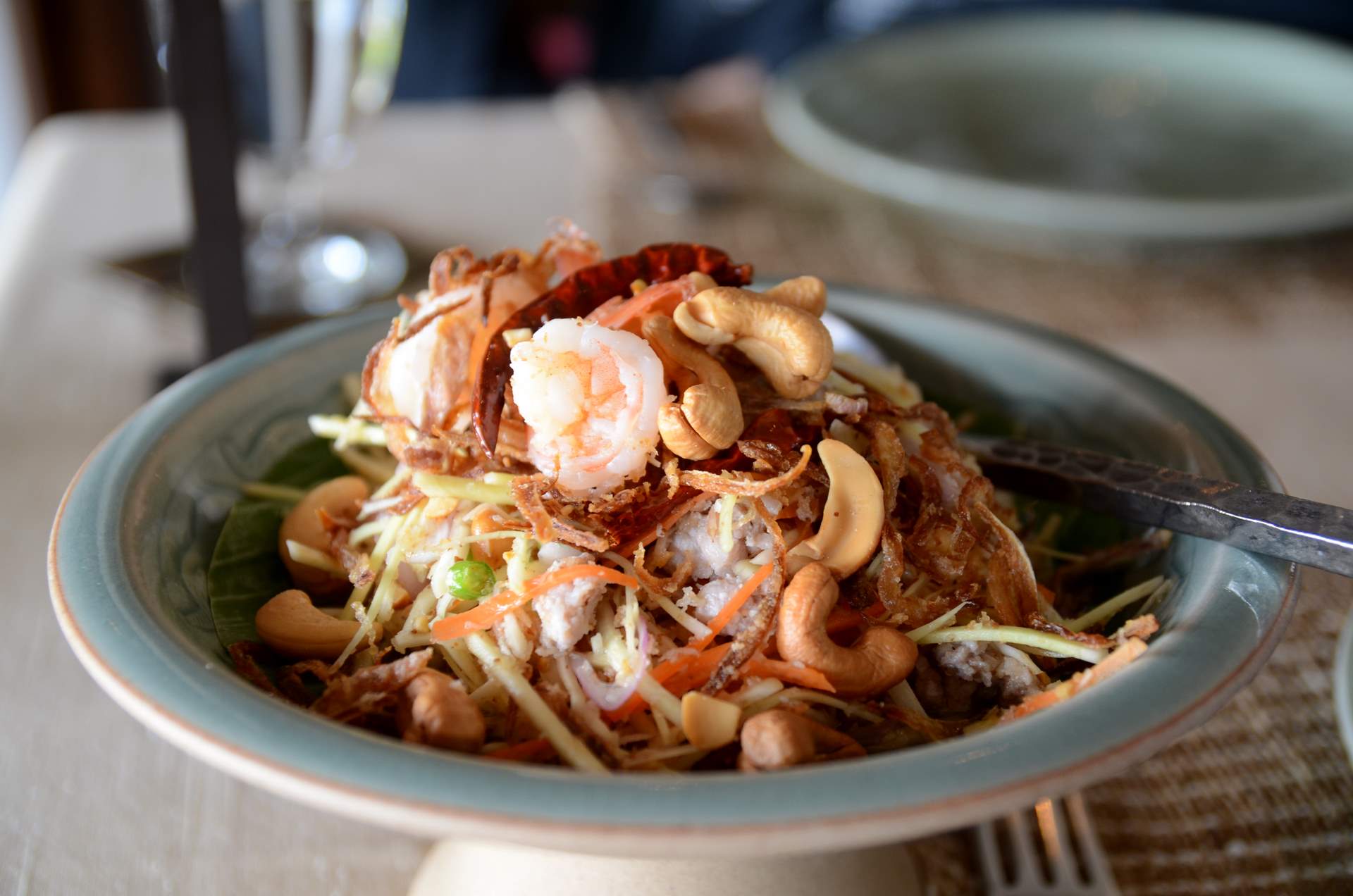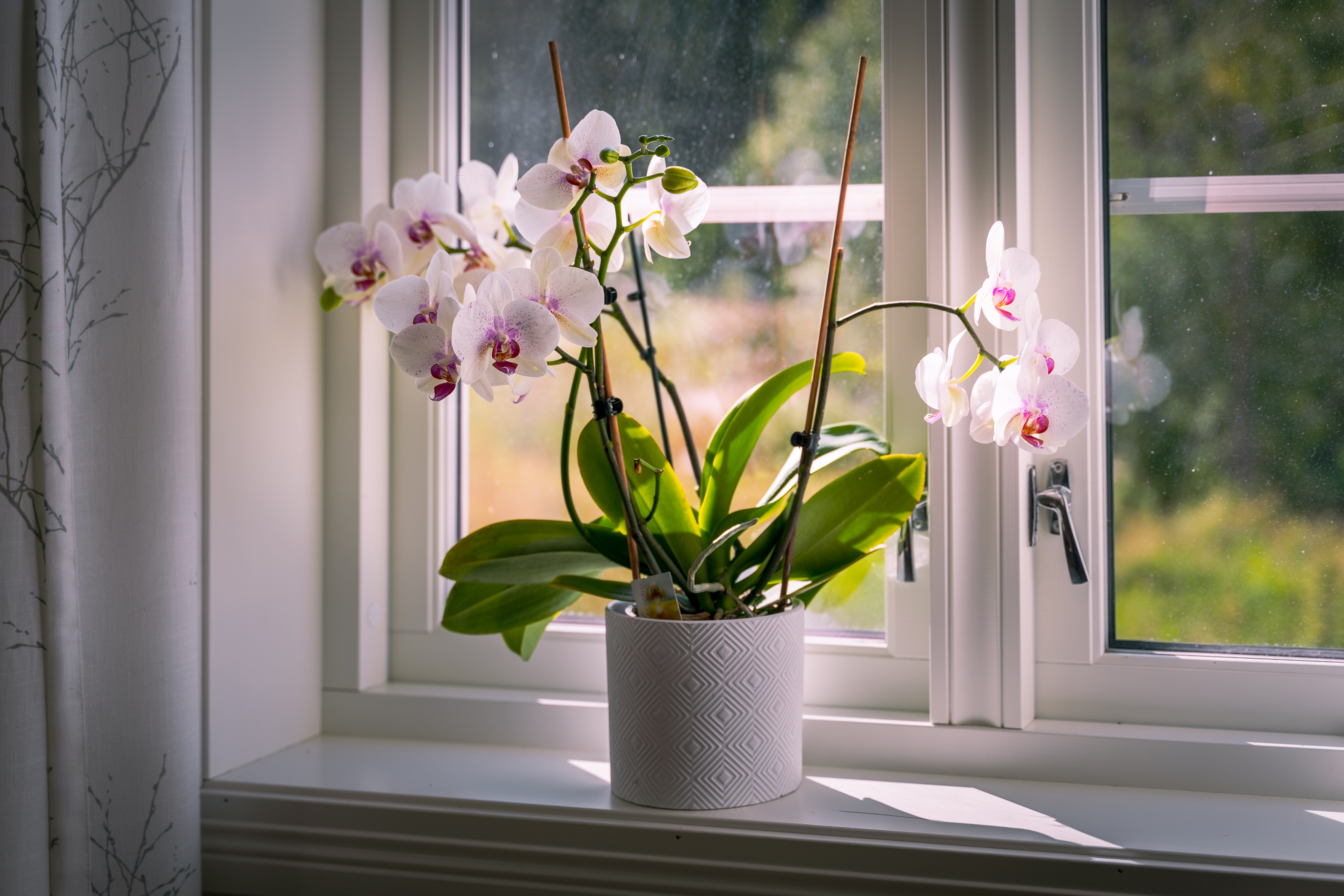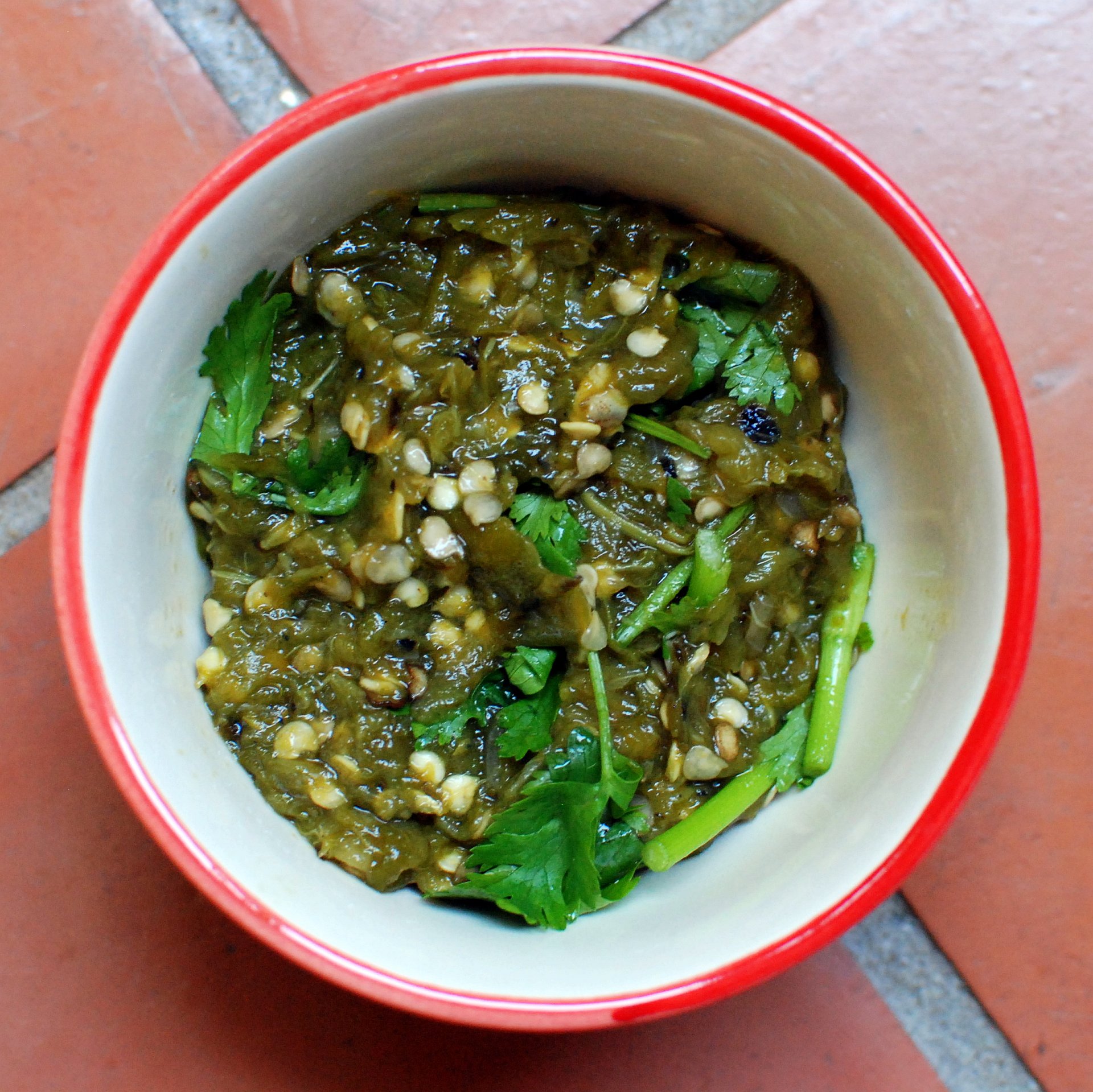|
Zedoary
''Curcuma zedoaria'' (zedoary /ˈzɛdəʊərɪ/, white turmeric, or temu putih) is a perennial herb and member of the genus '' Curcuma'', family Zingiberaceae. The plant is native to South Asia and Southeast Asia but is now naturalized in other places including the US state of Florida. Zedoary was one of the ancient food plants of the Austronesian peoples. They were spread during prehistoric times to the Pacific Islands and Madagascar during the Austronesian expansion (c. 5,000 BP). Its use as a spice in the West today is extremely rare, having been replaced by ginger, and to a lesser extent, yellow turmeric. Etymology The name zedoary derives from Persian via Arabic and Latin. Characteristics Zedoary grows in tropical and subtropical wet forest regions. The fragrant plant bears yellow flowers with red and green bracts and the underground stem section, a rhizome, is large and tuberous with numerous branches. The leaf shoots of the zedoary are large and can reach 1 meter (3 ... [...More Info...] [...Related Items...] OR: [Wikipedia] [Google] [Baidu] |
Thai Salads
Salads that are internationally known as Thai salads with a few exceptions fall into four main preparation methods. In Thai cuisine these are called ''yam, tam, lap'' and ''phla''. A few other dishes can also be regarded as being a salad. Overview Thai salads often do not have raw vegetables or fruit as their main ingredient but use minced meat, seafood, or noodles instead. Similar to salads in the West, these dishes often have a souring agent, usually lime juice, and feature the addition of fresh herbs and other greens in their preparation. Thai salads are not served as entrées but are normally eaten as one of the main dishes in a Thai buffet-style meal, together with rice (depending on the region, this can be glutinous rice or non-glutinous rice) or the Thai rice noodle called '' khanom chin''. Specialised ''khao tom kui'' (plain rice congee) restaurants also serve a wide variety of Thai salads of the ''yam'' type as side dishes. Many Thai salads, for instance, the famous ''som ... [...More Info...] [...Related Items...] OR: [Wikipedia] [Google] [Baidu] |
Spice
In the culinary arts, a spice is any seed, fruit, root, Bark (botany), bark, or other plant substance in a form primarily used for flavoring or coloring food. Spices are distinguished from herbs, which are the leaves, flowers, or stems of plants used for flavoring or as a garnish (food), garnish. Spices and seasoning do not mean the same thing, but spices fall under the seasoning category with herbs. Spices are sometimes used in medicine, Sacred rite, religious rituals, cosmetics, or perfume production. They are usually classified into spices, spice seeds, and herbal categories. For example, vanilla is commonly used as an ingredient in Aroma compound, fragrance manufacturing. Plant-based sweeteners such as sugar are not considered spices. Spices can be used in various forms, including fresh, whole, dried, grated, chopped, crushed, ground, or extracted into a tincture. These processes may occur before the spice is sold, during meal preparation in the kitchen, or even at the ... [...More Info...] [...Related Items...] OR: [Wikipedia] [Google] [Baidu] |
Herb
Herbs are a widely distributed and widespread group of plants, excluding vegetables, with savory or aromatic properties that are used for flavoring and garnishing food, for medicinal purposes, or for fragrances. Culinary use typically distinguishes herbs from spices. ''Herbs'' generally refers to the leafy green or flowering parts of a plant (either fresh or dried), while ''spices'' are usually dried and produced from other parts of the plant, including seeds, bark, roots and fruits. Herbs have a variety of uses including culinary, medicinal, aromatic and in some cases, spiritual. General usage of the term "herb" differs between culinary herbs and medicinal herbs; in medicinal or spiritual use, any parts of the plant might be considered "herbs", including leaves, roots, flowers, seeds, root bark, inner bark (and cambium), resin and pericarp. The word "herb" is pronounced in Commonwealth English, but is standard among American English speakers as well as those from regio ... [...More Info...] [...Related Items...] OR: [Wikipedia] [Google] [Baidu] |
Mango
A mango is an edible stone fruit produced by the tropical tree '' Mangifera indica''. It originated from the region between northwestern Myanmar, Bangladesh, and northeastern India. ''M. indica'' has been cultivated in South and Southeast Asia since ancient times resulting in two types of modern mango cultivars: the "Indian type" and the "Southeast Asian type". Other species in the genus '' Mangifera'' also produce edible fruits that are also called "mangoes", the majority of which are found in the Malesian ecoregion. Worldwide, there are several hundred cultivars of mango. Depending on the cultivar, mango fruit varies in size, shape, sweetness, skin color, and flesh color, which may be pale yellow, gold, green, or orange. Mango is the national fruit of India, Pakistan and the Philippines, while the mango tree is the national tree of Bangladesh. Etymology The English word ''mango'' (plural ''mangoes'' or ''mangos'') originated in the 16th century from the Portuguese ... [...More Info...] [...Related Items...] OR: [Wikipedia] [Google] [Baidu] |
Edible Plants
Edible plants include: * List of culinary fruits * List of culinary herbs and spices * List of culinary nuts * List of edible cacti * List of edible flowers * List of edible seeds * List of forageable plants (edible plants commonly found in the wild) * List of leaf vegetables * List of root vegetables * List of vegetables See also * Edible seaweed * List of domesticated plants * Medicinal plants * List of plants used in herbalism * Plantas Alimentícias Não Convencionais * Crop A crop is a plant that can be grown and harvested extensively for profit or subsistence. In other words, a crop is a plant or plant product that is grown for a specific purpose such as food, Fiber, fibre, or fuel. When plants of the same spe ... {{food-stub ... [...More Info...] [...Related Items...] OR: [Wikipedia] [Google] [Baidu] |
Domesticated Plants And Animals Of Austronesia
One of the major human migration events was the maritime settlement of the islands of the Indo-Pacific by the Austronesian peoples, believed to have started from at least 5,500 to 4,000 BP (3500 to 2000 BCE). These migrations were accompanied by a set of domesticated, semi-domesticated, and commensal plants and animals transported via outrigger ships and catamarans that enabled early Austronesians to thrive in the islands of Maritime Southeast Asia (also known as 'Island Southeast Asia'. e.g.: Philippines, Indonesia), Near Oceania (Melanesia), Remote Oceania (Micronesia and Polynesia), Madagascar, and the Comoros Islands. They include crops and animals believed to have originated from the Hemudu and Majiabang cultures in the hypothetical pre-Austronesian homelands in mainland China, as well as other plants and animals believed to have been first domesticated from within Taiwan, Maritime Southeast Asia, and New Guinea. Some of these plants are sometimes also known as "c ... [...More Info...] [...Related Items...] OR: [Wikipedia] [Google] [Baidu] |
1,7-bis(4-hydroxyphenyl)-1,4,6-heptatrien-3-one
1,7-Bis(4-hydroxyphenyl)-1,4,6-heptatrien-3-one is a natural product, a curcuminoid antioxidant found in turmeric (''Curcuma longa'') and torch ginger (''Etlingera elatior''). Structure and isolation The all-trans double bond isomer (1E,4E,6E)-1,7-bis(4-hydroxyphenyl)-1,4,6-heptatrien-3-one was first fully characterised when isolated from extracts of the rhizomes of turmeric (''Curcuma longa'') in 1993. It has subsequently been found in other species, including '' etlingera elatior''. A very large number of similar compounds are found in turmeric and ginger. These have been extensively studied in their roles as antioxidants and for their potential pharmacological properties. The (1Z) double bond isomer is poorly characterised in the literature and it and the compounds with unspecified stereochemistry Stereochemistry, a subdiscipline of chemistry, studies the spatial arrangement of atoms that form the structure of molecules and their manipulation. The study of stereochemistry f ... [...More Info...] [...Related Items...] OR: [Wikipedia] [Google] [Baidu] |
Curcuminoid
A curcuminoid is a linear diarylheptanoid, a relatively small class of plant secondary metabolites that includes curcumin, demethoxycurcumin, and bisdemethoxycurcumin, all isolated from turmeric (Turmeric, curcuma longa). These Chemical compound, compounds are natural phenols and produce a pronounced yellow color that is often used to color foods and medicines. Curcumin is obtained from the Rhizome, root of turmeric. Curcuminoids are solubility, soluble in dimethyl sulfoxide (DMSO), acetone and ethanol, but are poorly soluble in lipids. It is possible to increase curcuminoid solubility in water, aqueous phase (matter), phase with surfactants or surfactant, co-surfactants. Most common derivatives have different substituents on the phenyl groups. There is an increasing demand for demethoxycurcumin, bisdemethoxycurcumin, and other curcuminoids because of their biological activity. Cyclodextrins Curcuminoids form a more stable Coordination complex, complex with solutions which c ... [...More Info...] [...Related Items...] OR: [Wikipedia] [Google] [Baidu] |
Inflammation
Inflammation (from ) is part of the biological response of body tissues to harmful stimuli, such as pathogens, damaged cells, or irritants. The five cardinal signs are heat, pain, redness, swelling, and loss of function (Latin ''calor'', ''dolor'', ''rubor'', ''tumor'', and ''functio laesa''). Inflammation is a generic response, and therefore is considered a mechanism of innate immunity, whereas adaptive immunity is specific to each pathogen. Inflammation is a protective response involving immune cells, blood vessels, and molecular mediators. The function of inflammation is to eliminate the initial cause of cell injury, clear out damaged cells and tissues, and initiate tissue repair. Too little inflammation could lead to progressive tissue destruction by the harmful stimulus (e.g. bacteria) and compromise the survival of the organism. However inflammation can also have negative effects. Too much inflammation, in the form of chronic inflammation, is associated with variou ... [...More Info...] [...Related Items...] OR: [Wikipedia] [Google] [Baidu] |
Traditional Medicine
Traditional medicine (also known as indigenous medicine or folk medicine) refers to the knowledge, skills, and practices rooted in the cultural beliefs of various societies, especially Indigenous groups, used for maintaining health and treating illness. In some Asia, Asian and Africa, African countries, up to 80% of people rely on traditional medicine for primary health care. Traditional medicine includes systems like Ayurveda, traditional Chinese medicine, and Unani medicine, Unani. The World Health Organization supports their integration, but warns of potential risks and calls for more research on their safety and effectiveness. The use of medicinal herbs spans over 5,000 years, beginning with ancient civilizations like the Sumer, Sumerians, Ancient Egypt, Egyptians, Indian people, Indians, and Chinese people, Chinese, evolving through Ancient Greece, Greek, Ancient Rome, Roman, Islam, Islamic, and Middle Ages, medieval European traditions, and continuing into Colonial histo ... [...More Info...] [...Related Items...] OR: [Wikipedia] [Google] [Baidu] |
Houseplant
A houseplant, also known as a pot plant, potted plant, or indoor plant, is an ornamental plant cultivated indoors. for aesthetic or practical purposes. These plants are commonly found in House, homes, Office, offices, and various indoor spaces, where they contribute to the ambiance by adding natural beauty and improving air quality. Most houseplants are tropical or semi-tropical species, as they thrive in the warm, humid conditions often found indoors. Many of them are Epiphyte, epiphytes(plants that grow on other plants), Succulent plant, succulents (which store water in their leaves), or Cactus, cacti, which are particularly well-suited to indoor environments due to their low maintenance requirements. Whether used to brighten up a space, improve air circulation, or create a calming atmosphere, houseplants play an important role in enhancing the indoor environment. Care Houseplants have care requirements that differ from plants grown outdoors. Moisture, light, soil mixture, tem ... [...More Info...] [...Related Items...] OR: [Wikipedia] [Google] [Baidu] |
Nam Phrik
''Nam phrik'' (, ) is a type of Thailand, Thai Spice, spicy chili sauce typical of Thai cuisine. Usual ingredients for ''nam phrik'' type sauces are fresh or dry chilies, garlic, shallots, Lime (fruit), lime juice and often some kind of Fish paste, fish or shrimp paste. In the traditional way of preparing these sauces, the ingredients are pounded together using a mortar and pestle, with either salt or fish sauce added to taste. ''Nam phrik'' type sauces are normally served on small saucers placed by the main dish as a condiment or dip (food), dip for bland preparations, such as raw or boiled greens, fish, poultry and meats. Depending on the type, the region and the family that prepares it, ''nam phrik'' may vary in texture from a liquid to a paste to an almost dry, granular, or powdery consistency. Instead of ''khrueang kaeng'' or ''phrik kaeng'', the words ''nam phrik'' can also be used to denote Thai curry pastes such as in ''nam phrik kaeng som'' for ''kaeng som'' or ''nam phr ... [...More Info...] [...Related Items...] OR: [Wikipedia] [Google] [Baidu] |







